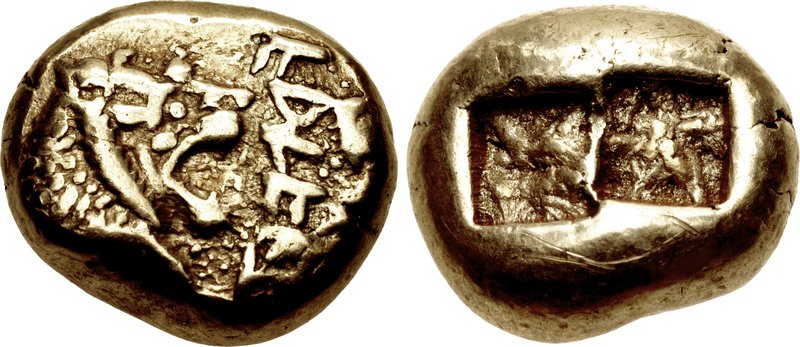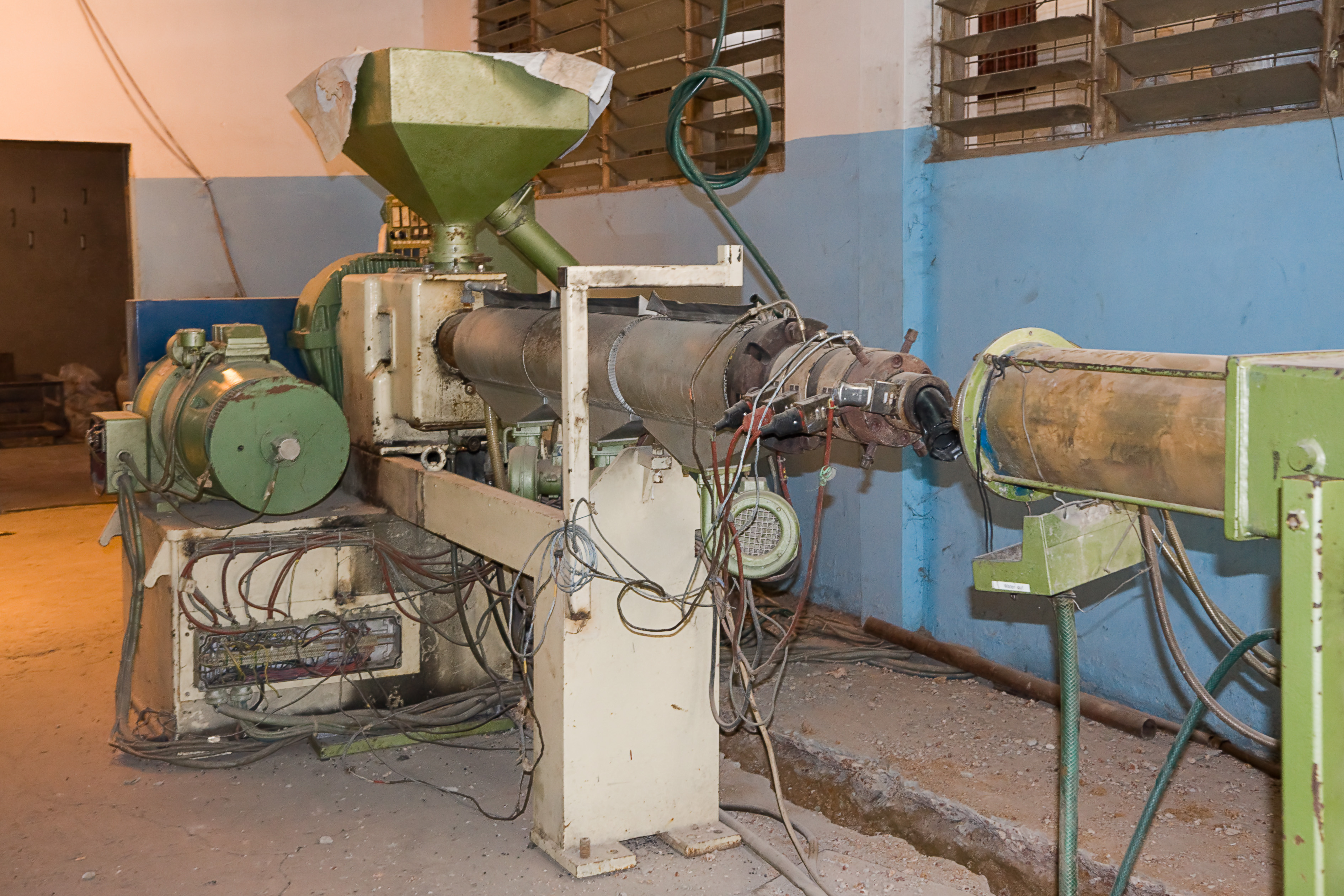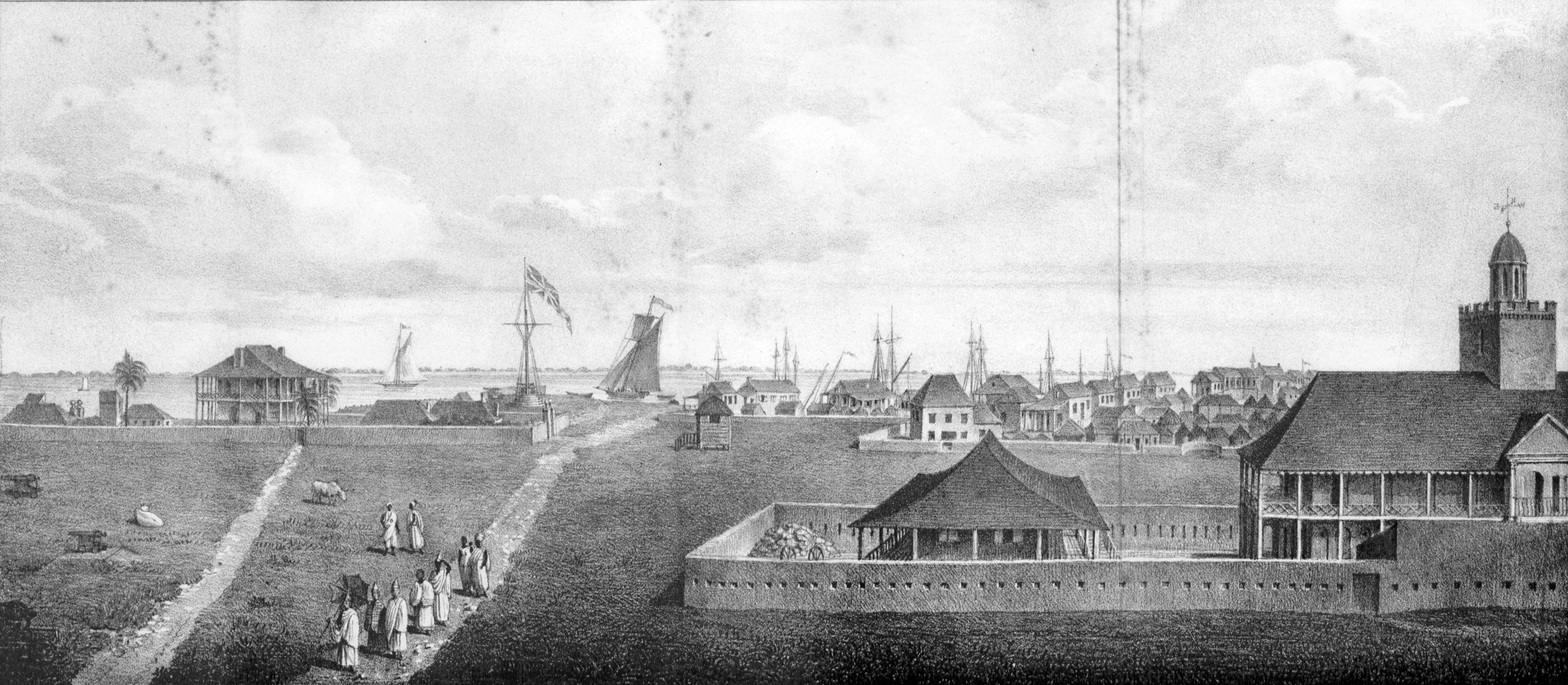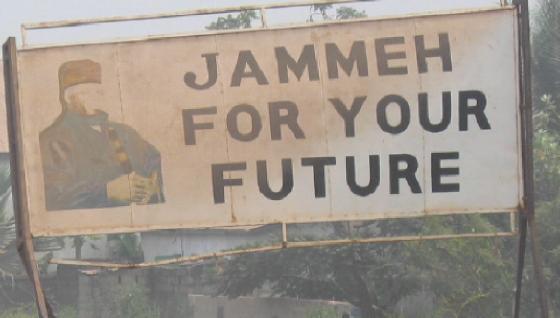|
Gambian Dalasi
The dalasi is the currency of the Gambia that was adopted in 1971. It is subdivided into 100 bututs. It replaced the Gambian pound at a rate of 1 pound = 5 dalasis, i.e. 1 dalasi = 0.2 pound = 4 shillings. The derivative of ''dala'' is unknown. In numerous languages in the Francophonie, currency terms (including batut, dalasi, doromi, teemer) refer to the former 5 French West African franc note (the lowest denomination at the time), but to which the origins are not known. One speculated origin is a pronunciation of "dollar", however variants of dalasi in other Mandinka dialects such as daasi, counter this speculation while ''butut'' is from Wolof ''butuut'', "small thing". As a result of inflation, now bututs coins have completely disappeared from circulation and the minimum monetary unit has become 1 dalasi. Coins See also; '' Coins of the Gambian dalasi'' In 1971, coins in denominations of 1, 5, 10, 25 and 50 bututs and 1 dalasi were introduced. The 1 and 5 bututs were st ... [...More Info...] [...Related Items...] OR: [Wikipedia] [Google] [Baidu] |
Central Bank Of The Gambia
The Central Bank of The Gambia is the central bank of The Gambia. Its name is abbreviated to CBG. The bank is located in Banjul and was established in 1971. Buah Saidy is the current Governor. Operations As a central bank, CBG is responsible for providing banking services to the Gambian government, for managing interest rates and foreign exchange, for interacting with Gambian industries, for supporting microfinance, and for managing the value of the dalasi, which is The Gambia's currency The bank is responsible for managing the sale of Gambian Government bond, bonds and treasury bills on the international securities market. The bank is involved in economic research in regard to the future of Gambia and West Africa. The CBG is working with GIPFZA, the Gambia Investment Promotion and Free Zones Agency, in the creation of a 1.6 square kilometre business and industrial park near Banjul International Airport. The CBG is the only institution in The Gambia that is permitted t ... [...More Info...] [...Related Items...] OR: [Wikipedia] [Google] [Baidu] |
Banknotes Of The Gambian Dalasi
A banknote—also called a bill (North American English), paper money, or simply a note—is a type of negotiable promissory note, made by a bank or other licensed authority, payable to the bearer on demand. Banknotes were originally issued by commercial banks, which were legally required to redeem the notes for legal tender (usually gold or silver coin) when presented to the chief cashier of the originating bank. These commercial banknotes only traded at face value in the market served by the issuing bank. Commercial banknotes have primarily been replaced by national banknotes issued by central banks or monetary authorities. National banknotes are often – but not always – legal tender, meaning that courts of law are required to recognize them as satisfactory payment of money debts. Historically, banks sought to ensure that they could always pay customers in coins when they presented banknotes for payment. This practice of "backing" notes with something of substance is ... [...More Info...] [...Related Items...] OR: [Wikipedia] [Google] [Baidu] |
Currencies Of The Commonwealth Of Nations
A currency, "in circulation", from la, currens, -entis, literally meaning "running" or "traversing" is a standardization of money in any form, in use or circulation as a medium of exchange, for example banknotes and coins. A more general definition is that a currency is a ''system of money'' in common use within a specific environment over time, especially for people in a nation state. Under this definition, the British Pound Sterling (£), euros (€), Japanese yen (¥), and U.S. dollars (US$)) are examples of (government-issued) fiat currencies. Currencies may act as stores of value and be traded between nations in foreign exchange markets, which determine the relative values of the different currencies. Currencies in this sense are either chosen by users or decreed by governments, and each type has limited boundaries of acceptance - i.e. legal tender laws may require a particular unit of account for payments to government agencies. Other definitions of the term "currency ... [...More Info...] [...Related Items...] OR: [Wikipedia] [Google] [Baidu] |
Currencies Of The Gambia
A currency, "in circulation", from la, currens, -entis, literally meaning "running" or "traversing" is a standardization of money in any form, in use or circulation as a medium of exchange, for example banknotes and coins. A more general definition is that a currency is a ''system of money'' in common use within a specific environment over time, especially for people in a nation state. Under this definition, the British Pound Sterling (£), euros (€), Japanese yen (¥), and U.S. dollars (US$)) are examples of (government-issued) fiat currencies. Currencies may act as stores of value and be traded between nations in foreign exchange markets, which determine the relative values of the different currencies. Currencies in this sense are either chosen by users or decreed by governments, and each type has limited boundaries of acceptance - i.e. legal tender laws may require a particular unit of account for payments to government agencies. Other definitions of the term "currency ... [...More Info...] [...Related Items...] OR: [Wikipedia] [Google] [Baidu] |
Currencies Of Africa
A currency, "in circulation", from la, currens, -entis, literally meaning "running" or "traversing" is a standardization of money in any form, in use or circulation as a medium of exchange, for example banknotes and coins. A more general definition is that a currency is a ''system of money'' in common use within a specific environment over time, especially for people in a nation state. Under this definition, the British Pound Sterling (£), euros (€), Japanese yen (¥), and U.S. dollars (US$)) are examples of (government-issued) fiat currencies. Currencies may act as stores of value and be traded between nations in foreign exchange markets, which determine the relative values of the different currencies. Currencies in this sense are either chosen by users or decreed by governments, and each type has limited boundaries of acceptance - i.e. legal tender laws may require a particular unit of account for payments to government agencies. Other definitions of the term "curre ... [...More Info...] [...Related Items...] OR: [Wikipedia] [Google] [Baidu] |
Economy Of The Gambia
The economy of the Gambia is heavily reliant on agriculture. The Gambia has no significant mineral or other natural resources, and has a limited agricultural base. About 75% of the population depends on crops and livestock for its livelihood. Small-scale manufacturing activity features the processing of peanuts, fish, and animal hides. Short-run economic progress remains highly dependent on foreign aid, and on responsible government economic management as forwarded by International Monetary Fund technical help and advice. Economic history Current GDP per capita of the Gambia registered a peak growth of 23.3% in the 1970s. Economic growth slowed by 8.30% in the 1980s and a further 5.20% in the 1990s. Re-export trade normally constitutes a major segment of economic activity, but the 50% devaluation of the |
Coat Of Arms Of The Gambia
The coat of arms of the Gambia has been in use since 18 November 1964. It depicts two lions holding an axe and hoe, supporting a shield that depicts another pair of hoe and axe, crossed. Atop the shield is set the heraldic helmet and an oil palm as a crest. At the bottom is the national motto: Progress – Peace – Prosperity. The Gambian coat of arms also appeared in the fly of the Gambian air force ensign. Overview The two lions represent the colonial history of The Gambia as part of the British Empire. The crossed axe and hoe represent the importance of agriculture to The Gambia. They are also considered to represent the two major ethnic groups of The Gambia: the Mandinka and the Fulani. The crest, a palm tree, is also a vital national tree. The design was created by Nicholas Potin, a government employee with the Department of Surveys, who won a national competition to design it. Variations Coat of arms of Gambia Armed Forces service branches had variations: * Coat of arm ... [...More Info...] [...Related Items...] OR: [Wikipedia] [Google] [Baidu] |
Banjul International Airport
Banjul International Airport, also known as Yundum International , is the international airport of Banjul, capital of the Gambia, built during World War II. History The only airport in Gambia is at Yundum. After World War II, Yundum airport was used for passenger flights. Both British South American Airways and the British Overseas Airways Corporation had services, the former moving its service to Dakar, which had a concrete runway (as opposed to pierced steel planking). The airport was rebuilt in 1963 and the building is still in use today. In February 2001, Ghana Airways commenced a flight from Banjul to Baltimore, which originated in Accra. Cooperation among Ghana Airways, Gambia International Airlines, and the Ghanaian and Gambian governments gave rise to the service. In June 2006, North American Airlines inaugurated a link to Baltimore using Boeing 767s, but it lasted only seven months. Overview The head office of the Gambia Civil Aviation Authority is located on the a ... [...More Info...] [...Related Items...] OR: [Wikipedia] [Google] [Baidu] |
Banjul
Banjul (,"Banjul" (US) and ), officially the City of Banjul, is the capital and fourth largest city of . It is the centre of the eponymous administrative division which is home to an estimated 400,000 residents, making it The Gambia's largest and most densely populated metropolitan area. Banjul is on St Mary's Island (Banjul Island), where the enters the < ... [...More Info...] [...Related Items...] OR: [Wikipedia] [Google] [Baidu] |
Yahya Jammeh
Yahya Abdul-Aziz Jemus Junkung Jammeh (born 25 May 1965) is a Gambian politician and former military officer who was the leader of The Gambia from 1994 to 2017, firstly as chairman of the Armed Forces Provisional Ruling Council (AFPRC) from 1994 to 1996 and then as President of the Gambia from 1996 to 2017. Jammeh was born in Kanilai, in The Gambia, and is a Muslim of the Jola ethnic group. He attended Gambia High School in Banjul from 1978 to 1983 and served in the Gambian National Gendarmerie from 1984 to 1989. He was then commissioned as an officer of the Gambian National Army, commanding the Military Police from 1992 to 1994. In July 1994, he led a bloodless coup d'etat that overthrew the government of Sir Dawda Jawara and installed himself as chairman of AFPRC, a military junta, and ruled by decree until his election as president in 1996. Jammeh was re-elected as president in 2001, 2006 and 2011, but lost to Adama Barrow in 2016. His time in office saw the authorit ... [...More Info...] [...Related Items...] OR: [Wikipedia] [Google] [Baidu] |
President Of The Gambia
The president of the Republic of The Gambia is the head of state and head of government of the Gambia. The president leads the executive branch of the government of the Gambia and is the commander-in-chief of the Gambia Armed Forces. The post was created in 1970, when the Gambia became a republic and has been held by three people: Dawda Jawara, who ruled from 1970 until 1994, Yahya Jammeh, who seized power in a bloodless coup that year and Adama Barrow, who defeated Jammeh in elections held in December 2016.Wiseman, John A. (2004Africa South of the Sahara 2004 (33rd edition): The Gambia: Recent History Europa Publications Ltd. p. 456. List of presidents See also * List of colonial governors of the Gambia *List of heads of government of the Gambia *Lists of office-holders References *''Guinness Book of Kings, Rulers & Statesmen'', Clive Carpenter, Guinness Superlatives Ltd *''African States and Rulers'', John Stewart, McFarland External links Official Website*htt ... [...More Info...] [...Related Items...] OR: [Wikipedia] [Google] [Baidu] |
United Kingdom
The United Kingdom of Great Britain and Northern Ireland, commonly known as the United Kingdom (UK) or Britain, is a country in Europe, off the north-western coast of the continental mainland. It comprises England, Scotland, Wales and Northern Ireland. The United Kingdom includes the island of Great Britain, the north-eastern part of the island of Ireland, and many smaller islands within the British Isles. Northern Ireland shares a land border with the Republic of Ireland; otherwise, the United Kingdom is surrounded by the Atlantic Ocean, the North Sea, the English Channel, the Celtic Sea and the Irish Sea. The total area of the United Kingdom is , with an estimated 2020 population of more than 67 million people. The United Kingdom has evolved from a series of annexations, unions and separations of constituent countries over several hundred years. The Treaty of Union between the Kingdom of England (which included Wales, annexed in 1542) and the Kingdom of Scotland in 170 ... [...More Info...] [...Related Items...] OR: [Wikipedia] [Google] [Baidu] |







